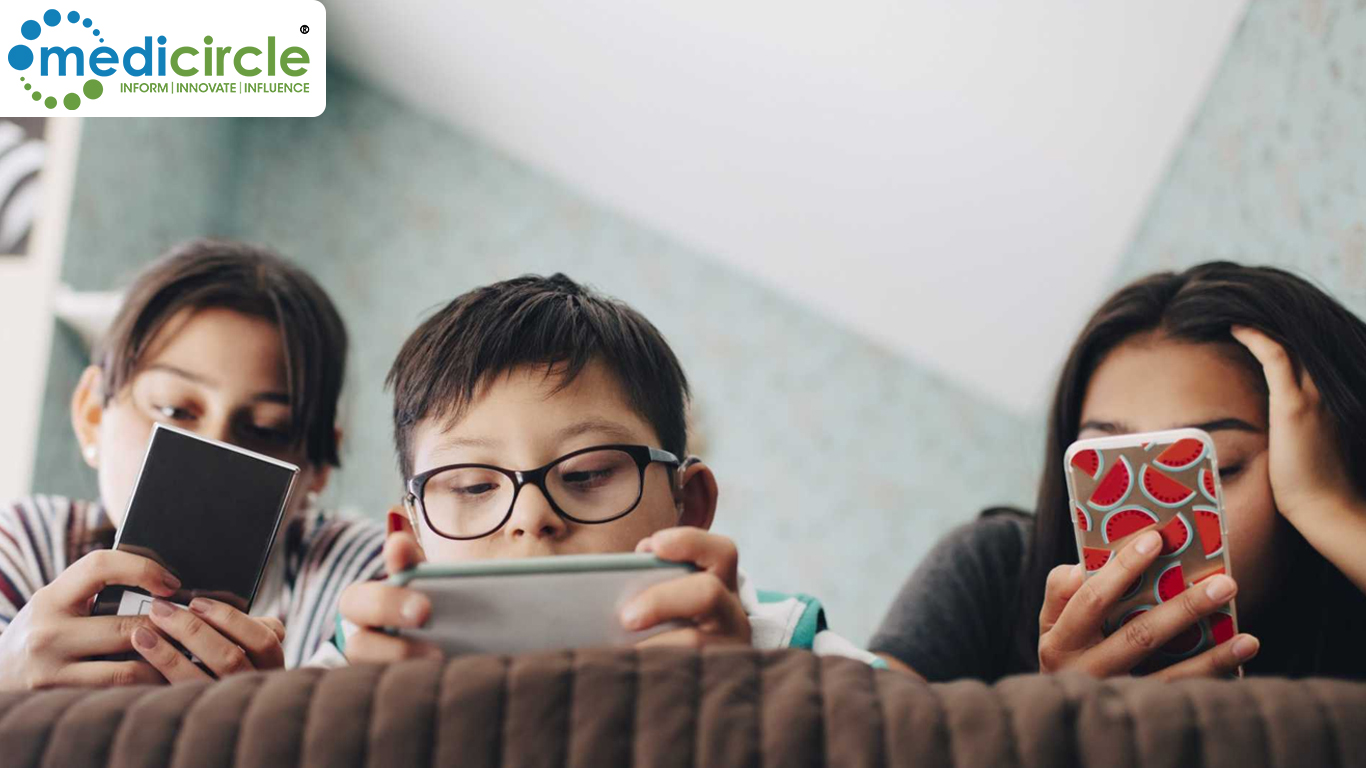The world of medical research is constantly evolving, with breakthroughs and discoveries that hold the potential to change lives. From preventing devastating outbreaks of cholera to pioneering non-invasive treatments for liver tumors, and even reevaluating how children’s screen habits impact their sleep, scientists are leading the way for a healthier future. These advancements shed light on complex challenges, offering hope, insight, and better outcomes for individuals around the world. Let’s explore the latest in health research, covering topics that range from deadly diseases to sleep struggles among adolescents.
Cholera has long been a devastating disease, claiming thousands of lives annually, particularly in areas with limited access to clean water and healthcare. The latest research published in Nature Communications offers new hope for controlling this deadly illness. A group of researchers has been investigating the Vibrio cholerae bacteria responsible for cholera outbreaks and discovered crucial genetic variations that make the bacteria more resilient and capable of causing severe illness.
By analyzing bacterial samples collected since 2015 from cholera patients in six regions of Bangladesh, the team identified a set of unique genes and mutations linked to the bacteria's ability to cause prolonged diarrhea, dehydration, and intense abdominal pain. These findings are critical because these mutations not only make the bacteria more virulent but also enhance its ability to survive in the human gut and withstand environmental stressors.
One of the study’s key findings is the identification of the genetic drivers behind the 2022 cholera outbreak, one of the deadliest in recent history. With this discovery, scientists can now focus on developing new strategies for cholera prevention, including vaccines that specifically target these genetic mutations. As Tania Dottorini from the University of Nottingham, who led the study, noted, “By identifying the key genetic factors that drive both the transmission and severity of cholera, we’ve taken a significant step toward developing more effective treatments and targeted interventions.”
This research represents a significant advancement in our understanding of cholera, marking the beginning of a new era in disease prevention. The ability to predict and prevent severe outbreaks could save countless lives in regions most affected by this disease. As scientists continue to reveal the genetic mysteries of Vibrio cholerae, there is hope that one day, cholera will be a disease of the past, eliminated through targeted and effective interventions.
Liver cancer is one of the most challenging cancers to treat, but a new non-invasive method called histotripsy offers promising results. Histotripsy, which uses high-intensity sound waves to destroy cancer cells, has been tested in a small but pivotal clinical trial involving 44 patients across 14 hospitals in Europe and the United States. This innovative approach could transform the way liver tumors are treated, offering a non-invasive alternative to traditional methods like radiofrequency ablation and microwave ablation.
In the study, patients with up to three tumors smaller than 3 centimeters were treated using histotripsy. The results were remarkable: 95% of the tumors showed significant shrinkage, a result deemed a technical success. Eighteen of the patients had hepatocellular carcinoma, a common type of liver cancer, while the others had tumors that had metastasized from other organs. While three patients did experience major complications related to the procedure, the overall results were highly encouraging.
One of the major advantages of histotripsy is that it is non-invasive, meaning it doesn’t require surgery or the use of harmful radiation. This makes it a much safer option for patients, especially those who may not be candidates for more invasive procedures. The researchers behind the study are optimistic about the potential for histotripsy to be adopted as a standard treatment for liver tumors, offering patients a safer and more effective option.
As the study authors noted, the technical success rate of histotripsy compares favorably with more established treatments, and the results support its clinical adoption. For patients battling liver cancer, this breakthrough represents a glimmer of hope. As non-invasive treatments continue to advance, the future of cancer care is looking brighter, with more options available to patients and better outcomes on the horizon.
The question of how screen time affects children's sleep has been debated for years, with many experts recommending strict limits on screen use before bed. However, a recent study challenges these conventional guidelines, suggesting that it’s not screen time before bed that causes sleep problems, but screen use once children are already in bed. The study, published in JAMA Pediatrics, monitored 79 adolescents aged 11 to 14 using video cameras on four non-consecutive nights, and the results were surprising.
The researchers found that screen time in the two hours before bed had no significant impact on most measures of sleep health, including the time it took to fall asleep, total sleep duration, and sleep interruptions. However, when adolescents used screens while in bed, particularly for interactive activities like gaming and social media, their sleep was significantly affected. For every 10 minutes of interactive screen use in bed, participants lost an average of 9 minutes of sleep.
Interestingly, even passive screen use, like watching videos, resulted in sleep loss when done in bed. On average, participants lost 4 minutes of sleep for every 10 minutes of passive screen use, while social media use delayed sleep onset by an average of 38 minutes. The study suggests that the real issue lies not with screen time in the evening but with the use of screens once adolescents are already in bed.
These findings challenge the traditional sleep hygiene guidelines that discourage all screen use in the hour before bedtime. Instead, the researchers recommend a more nuanced approach that focuses on reducing interactive screen use during the in-bed period. As they noted, “The reality is that screen time is a mainstay in adolescents’ bedtime routines.” Rather than trying to eliminate screens entirely, which is unlikely to be successful, parents and caregivers should focus on limiting screen activities that are more disruptive to sleep, such as gaming and multitasking.
This study offers valuable insights for parents, educators, and healthcare providers who are concerned about the impact of screen time on sleep. By rethinking how and when screens are used, it may be possible to improve sleep quality without imposing unrealistic restrictions. For adolescents, who often struggle with sleep due to busy schedules and social pressures, finding ways to balance screen use with healthy sleep habits is essential for their overall well-being.
The latest discoveries in medical research, from cholera prevention to non-invasive cancer treatments and better sleep guidelines, demonstrate the power of scientific inquiry to improve human health. As researchers continue to dive into the complexities of diseases like cholera and liver cancer, new insights are emerging that could revolutionize the way we approach treatment and prevention. At the same time, studies on everyday behaviors like screen time remind us that health is not just about treating diseases but about understanding how our habits and environments affect our well-being.
These breakthroughs offer a glimpse into a future where diseases like cholera may be prevented before they cause outbreaks, where liver cancer can be treated without invasive surgery, and where adolescents can enjoy better sleep without the pressure to disconnect entirely from their digital lives. As we move forward, it is essential to continue supporting research that challenges old assumptions and offers new solutions, paving the way for a healthier and brighter future for all.
Source: Hindustan Times

 These breakthroughs offer a glimpse into a future where diseases like cholera may be prevented before they cause outbreaks, where liver cancer can be treated without invasive surgery, and where adolescents can enjoy better sleep without the pressure to disconnect entirely from their digital lives.
These breakthroughs offer a glimpse into a future where diseases like cholera may be prevented before they cause outbreaks, where liver cancer can be treated without invasive surgery, and where adolescents can enjoy better sleep without the pressure to disconnect entirely from their digital lives.










.jpeg)



















.jpg)
.jpeg)